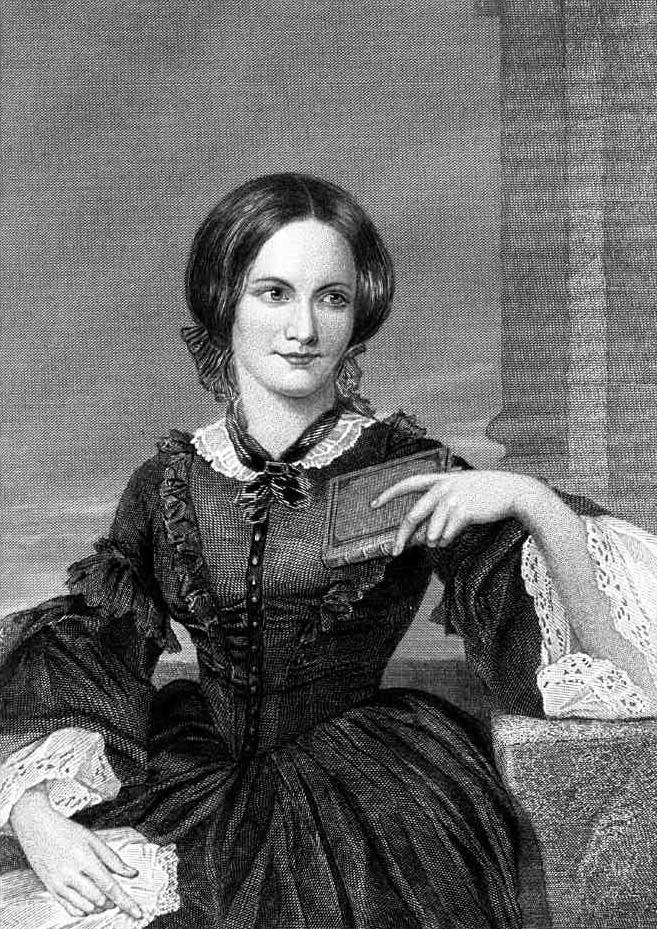Charlotte Brontë and Jane Eyre: the beginning of an emancipatory process between literary girls and real girls

Published 2020-07-09
Keywords
- Imaginary girls,
- children’s literature,
- emancipation,
- personagge,
- female bildungsroman
How to Cite
Abstract
Giving a right place to literature for children in the context of general literature means to recognizing its roots and influences in a wider landscape. Charlotte Brontë work inserted in this context has a double meaning both because it links adult and child female characters (The italian society of literates has defined them «personagge»), and because it brings us back to the roots of a literature written by women with female protagonists able to undermine the socially approved traditional rules. Recovering Jane Eyre is the first step to be taken to trace a new way of writing about women and telling about “the becoming” of women, delineating a parallel path to bildungsroman, in which the feminine youth has not found full consideration. To define an itinerary for women and girls it is then necessary to analyze the studies of feminist literary criticism that has investigated the relationship between women and literature since 70s, both from the writer’s and reader’s point of view. The objective thus becomes the one to recover the history of that link that unites the presence of women and girls in literature and their search for an autonomous space of imagination, thought and action. Inserting Jane Eyre in the children’s literature allows us to trace the birth of the authentic female child, and the beginning of an emancipatory process that poses important questions about the role of reading and literature in social and educational contexts.

